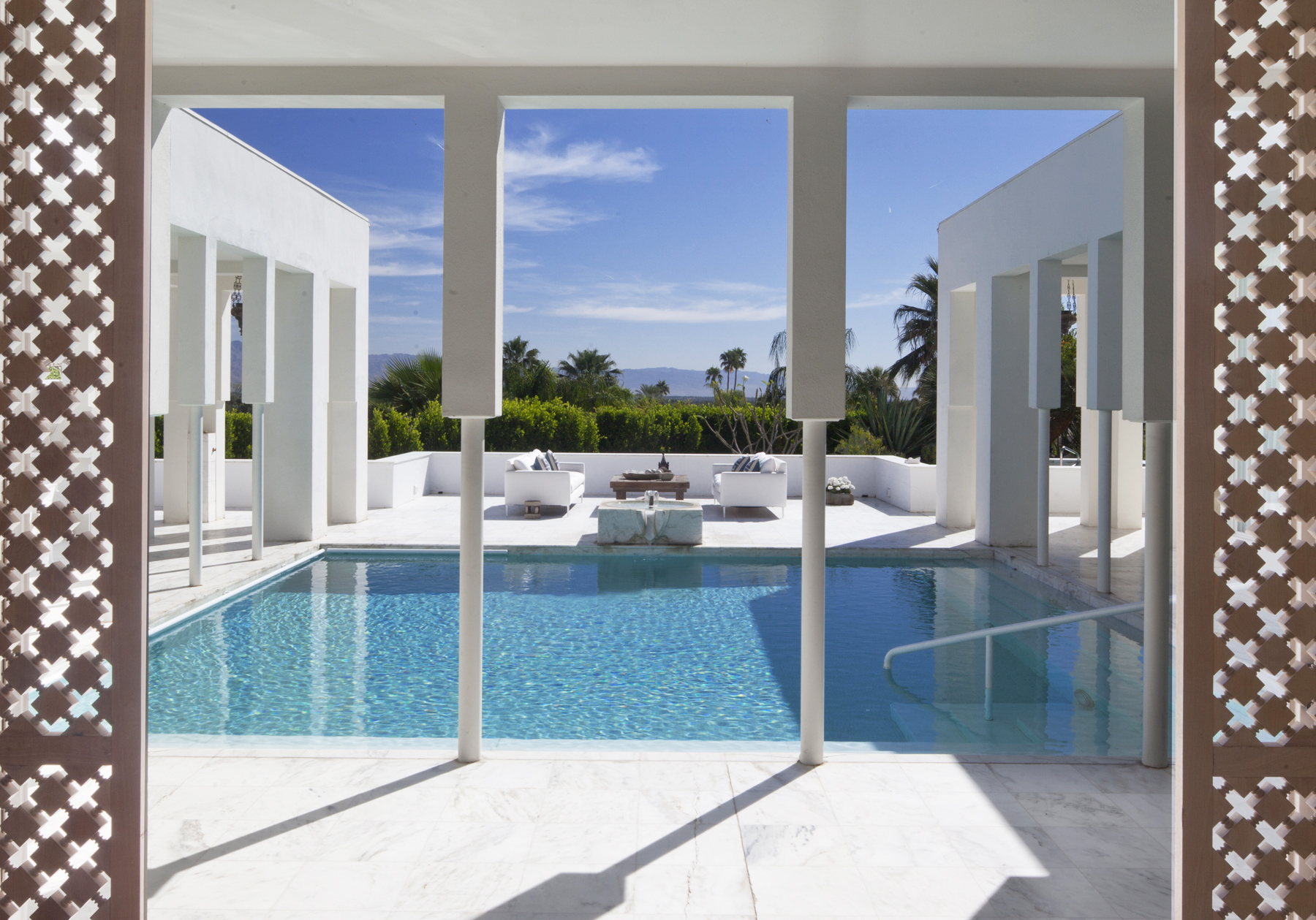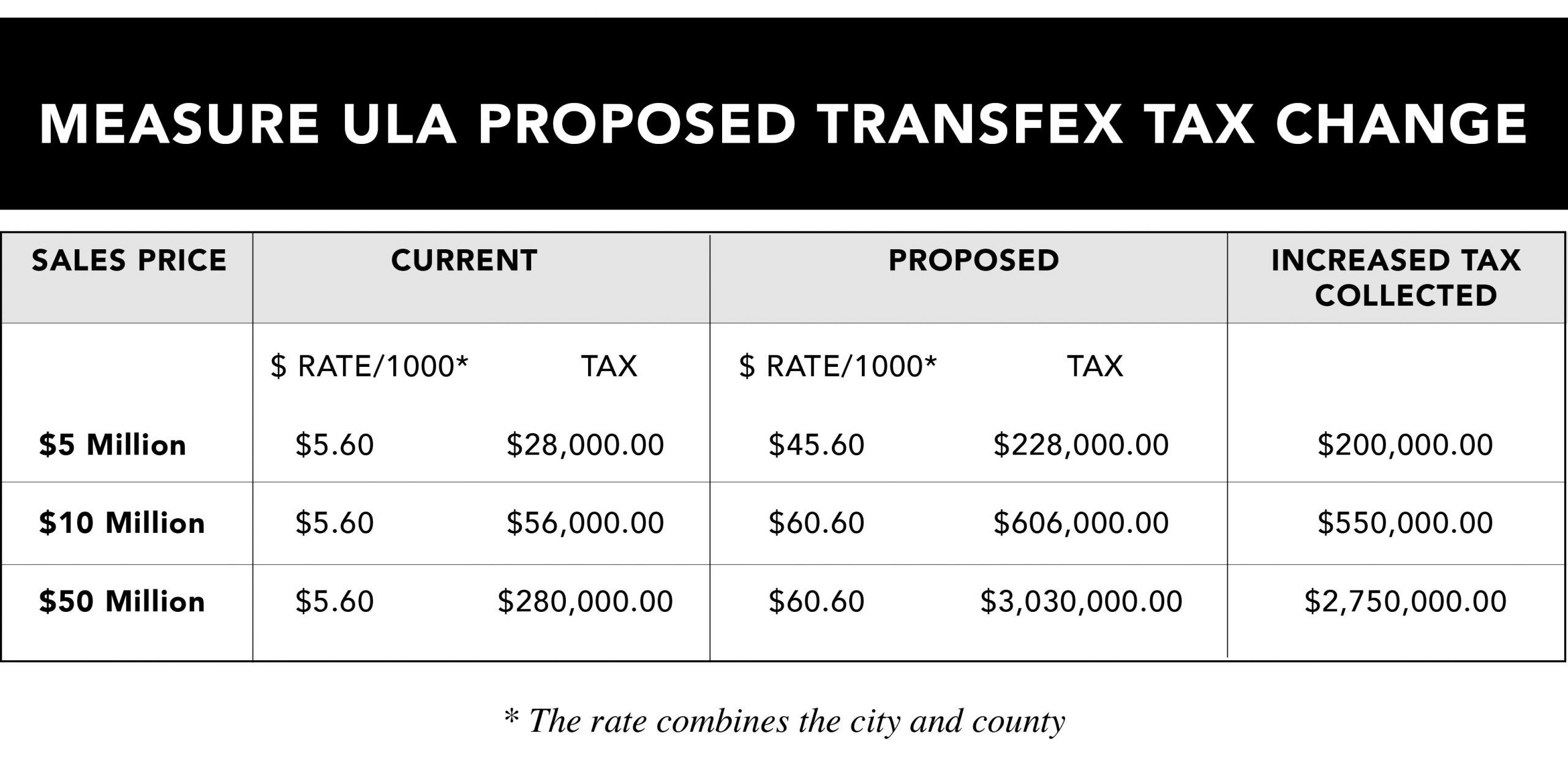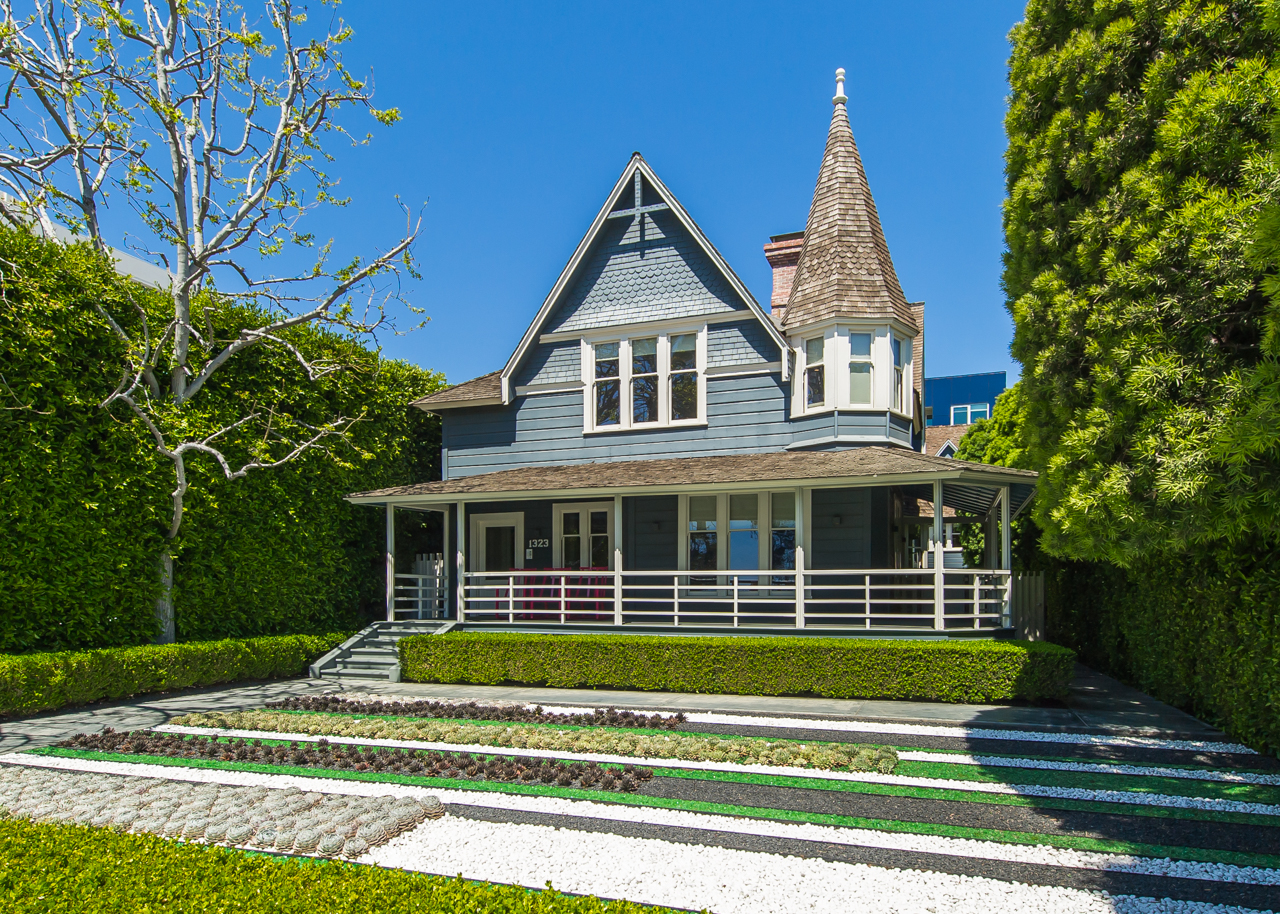Architectural photographer Tim Street-Porter has made a career of capturing Los Angeles’ wildly varied built environment in its best light and form. A British ex-pat, he’s made Los Angeles his home since 1978 where he continues to write, photograph and collaborate with his wife, design writer and decorator, Annie Kelly. He’s the author and photographer of six books on L.A. architecture and landscape, including 1995’s highly praised, Los Angeles House.
His latest finely crafted book, Palm Springs: A Modernist Paradise, is currently a best seller on Amazon.com. Featuring original new photography, Street-Porter captures the romance, style and allure of this very popular modernist enclave. Restored showplaces and vintage residential favorites (Sunnylands and the Kaufmann House to name two) are shown in their eye-catching splendor. He’s also recognized for his commercial photography and decades of perceptive contributions to publications like Architectural Digest, The New York Times and Town & Country.
I’m pleased to share a brief question-and-answer interview with Street-Porter; I thank him for generously participating. His work inspires me to pause and appreciate the details of the world around me.
You’ve adopted Los Angeles as your home base and you’ve done several books on Los Angeles architecture. What is it about Los Angeles that attracts you?
Los Angeles attracted me from the time I first visited in the early 1970s. It was a photographer’s dream, with the desert landscapes, beautiful light, palm trees and cool ‘60s architecture–just as David Hockney, another early L.A. addict, portrayed it in his early paintings. This was exotic and irresistible to me, as it was to Hockney–coming as we both did from the grayness and drizzle of England.
I was also attracted to L.A.’s wonderful variety of old and new architecture, which led me journalistically to produce this ongoing series of books. Unlike other photographers, I enjoy writing about architecture as well as just taking pictures. It opens up another creative dimension for me. Also, it’s fun creating my own books.
You are quoted as saying that you and your wife Annie have spent time in Palm Springs over the years. Why did you decide to author Palm Springs: A Modernists Paradise now?
The timing for a book about Palm Springs turned out to be perfect. No one had done a substantial one for over 10 years, and I was noticing a new wave of excitement about Palm Springs and its mid- century architecture. So I decided to jump in before anyone else did! Annie and I have been making the 110-mile trip to Palm Springs since the end of the ‘70s and always loved this Morocco-like haven in the desert.
How do you select the buildings and homes featured in the books?
I discovered houses as I went along, helped by realtors and friends. Luckily I unearthed several previously under the radar places that had just come onto the market after 30 or more years, and newly renovated by stylish new owners. This is how I work on all my books, plus research and projects I am already aware of; taking the journalistic approach in other words.
You have shot all over the world for the top design and architectural publications. What is your process while shooting that results in the exquisite photographs you are known for? It there a plan going in or is it something that organically evolves as you are working?
I work instinctively, following the light as it moves around the building and its interiors to get the best effects. I guess otherwise, it’s just experience learned from all my years doing this!
Which photographers or architects have inspired you the most?
I don’t have any particular influences, but notice how great the work of everyone is now.
Is there a building you’d love to photograph but haven’t had access to?
Yes, [Punjab’s capital city] Chandigarh, in India, by [Swiss-French modernist architect] Le Corbusier. I’d love to do a book on that. I’d also like to photograph Paul Bangay’s garden in Australia.
For more information on Tim Street-Porter, go to timstreetporter.com.

 Facebook
Facebook
 Twitter
Twitter
 Pinterest
Pinterest
 Copy Link
Copy Link


 Currently, when a property sells, 0.45% is charged the seller as a transfer tax and the money raised goes into the city’s General Fund. Measure ULA will significantly increase the cost to sell. Sellers of $5 million up to $10 million properties will be charged an additional 4% of the sales price. Sellers of $10 million and above properties will be charged an additional 5.5%. The additional money raised will be earmarked for several approaches intended to deal with the homeless crisis facing the city. Supporters of the measure estimate that $923 million annually will be raised and that it will impact approximately 4% of annual transactions. Of course, if you are one to those owners and you are thinking about selling, I encourage you to learn more about this ballot measure. Some of these sellers may follow other Californians leaving the Golden State.
Currently, when a property sells, 0.45% is charged the seller as a transfer tax and the money raised goes into the city’s General Fund. Measure ULA will significantly increase the cost to sell. Sellers of $5 million up to $10 million properties will be charged an additional 4% of the sales price. Sellers of $10 million and above properties will be charged an additional 5.5%. The additional money raised will be earmarked for several approaches intended to deal with the homeless crisis facing the city. Supporters of the measure estimate that $923 million annually will be raised and that it will impact approximately 4% of annual transactions. Of course, if you are one to those owners and you are thinking about selling, I encourage you to learn more about this ballot measure. Some of these sellers may follow other Californians leaving the Golden State.





